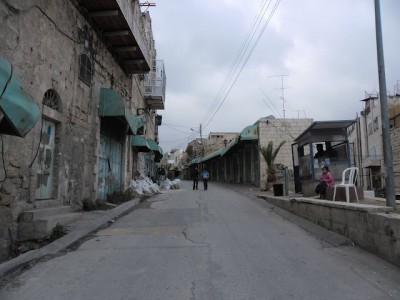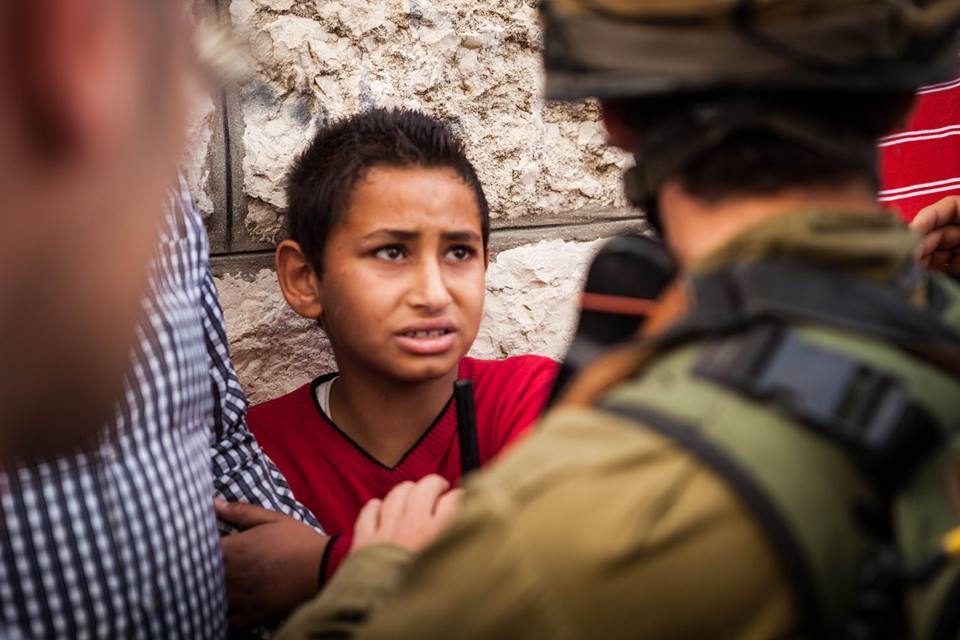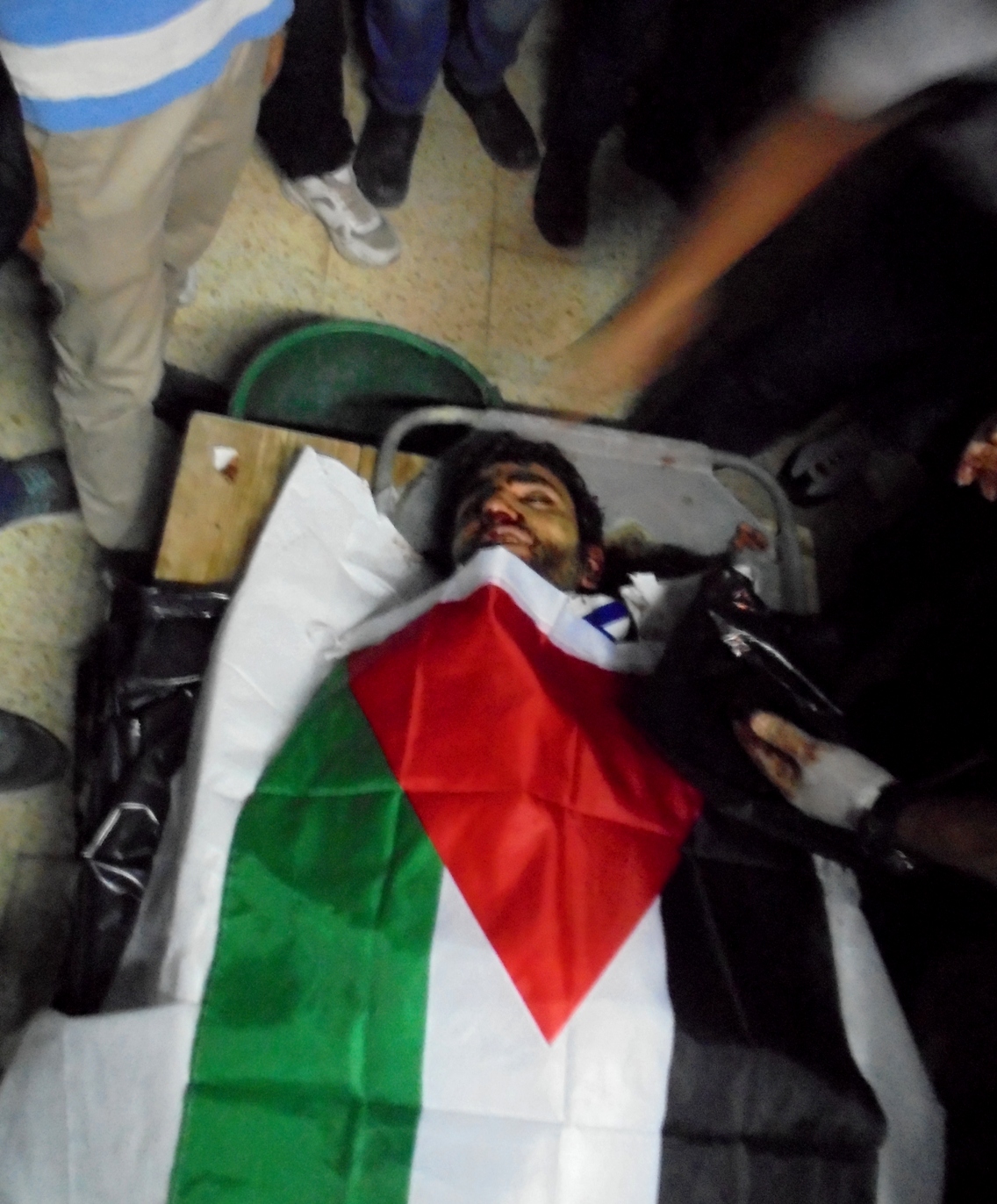-
No Jews allowed
5th June 2014 | International Solidarity Movement | Hebron, Occupied Palestine My plan for the morning was pretty simple, I wanted to enter the souq (market) and buy some bread for breakfast, and then walk home. That was it. As I made my way towards the souq entrance I was stopped by two Israeli border police […]
-
VIDEO: One month for schoolchildren in Hebron: stun grenades, tear gas, and detentions
5th June 2014 | International Solidarity Movement, Khalil Team | Hebron, Occupied Palestine For children in al-Khalil (Hebron), the journey to school can be filled with fear, fear of Israeli soldiers, of military weapons, detentions, and arrests. The violence is all too real in this city, and it is unfortunately not an uncommon experience for children, some as young […]
-
Palestinian murdered by Israeli forces in Huwarra
4th June 2014 | International Solidarity Movement, Nablus team | Huwwara, Occupied Palestine In the late hours of Monday evening, Israeli forces executed 30-year-old, father of two, Alaa’ Mohammed ‘Awadh, at Za’tara checkpoint, in southern Nablus. The Israeli army claimed that a Palestinian gunman was shot dead after he injured an Israeli police officer in the leg. The villagers of […]
Action Alert An Nabi Saleh Apartheid Wall Arrests BDS Bethlehem Bil'in Cast Lead Demonstration Denial of Entry Ethnic Cleansing Farmers Gaza Global Actions Hebron House Demolition International law Israeli Army Jerusalem Live Ammunition Nablus Ni'lin Prisoner Ramallah Rubber-coated steel bullets Settlement Settlers Settler violence Tear-Gas Canister Video



